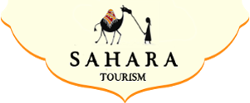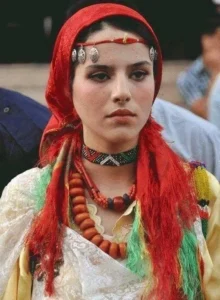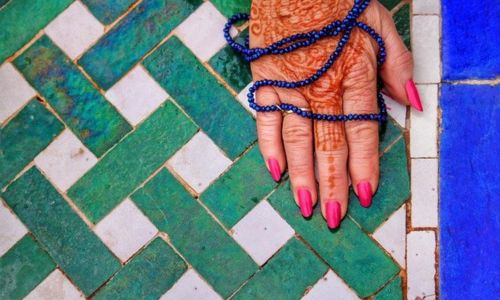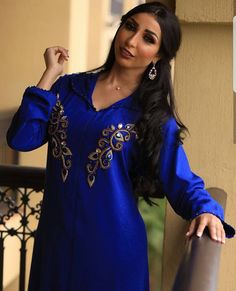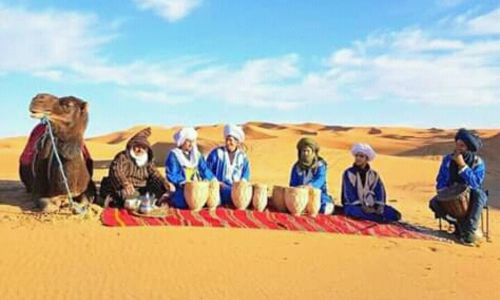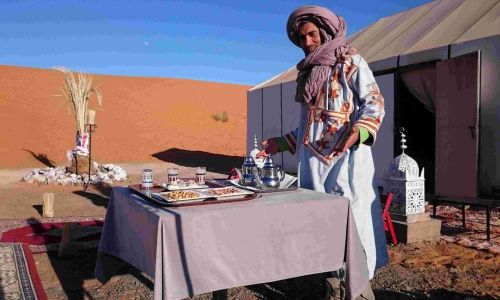Despite the progress made, one in ten girls aged 7 to 12 does not attend school in rural areas and 14.8% of girls aged 15 to 24 are illiterate compared to 7.2% of children of the same age. In 2014, six out of ten rural women were still illiterate, compared to 35.2% of rural men and 30.5% of urban women.
According to data from the 2018 National Employment Survey, the participation rate of women is barely 22.2% nationwide. It represents, in relative terms, a little less than a third of that of men (70.9%).
Furthermore, women experience unemployment more intensely than men. Their ever-increasing unemployment rate remains much higher than men’s (14% vs. 8.4% in 2018). Female activity is also characterized by its precariousness. In 2017, almost 40.5% of employed female workers (compared to 9% of men) are unpaid caregivers.
Furthermore, only 8.9% of employers and 14.1% of independent workers in Morocco are women. More than a quarter of young people aged 15 to 24, or 1.7 million young Moroccans, do not work, do not go to school and receive no training; 80% of which are women. Moroccan women’s access to senior and senior positions in the public administration was around 22% in 2016. They are represented by 81 women out of 395 deputies in parliament.
